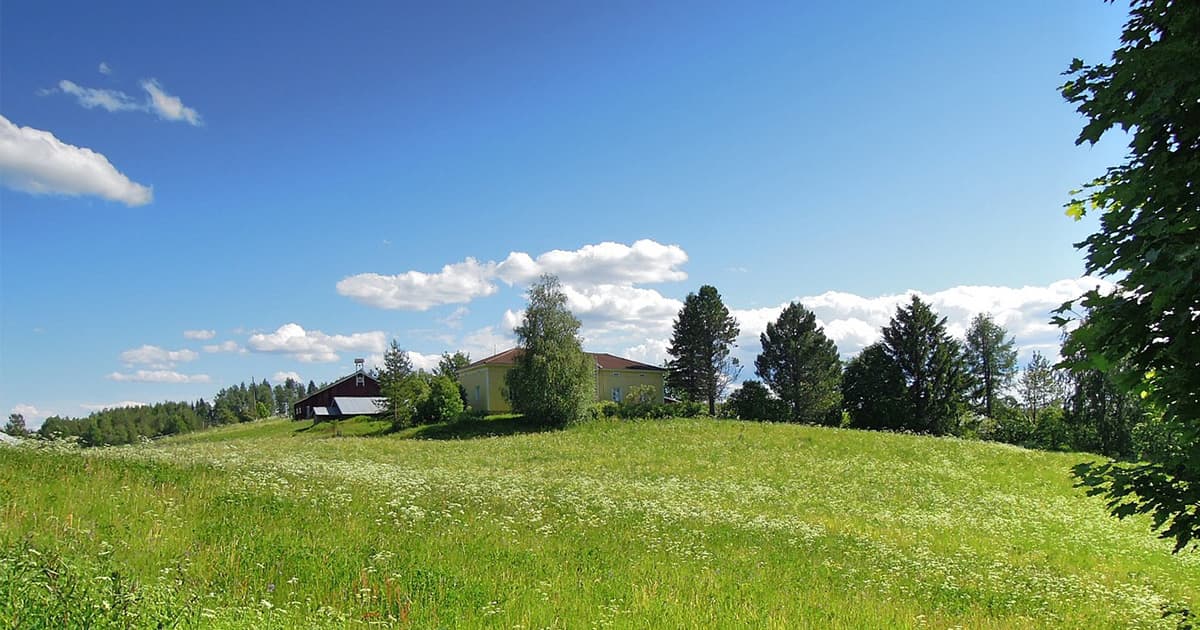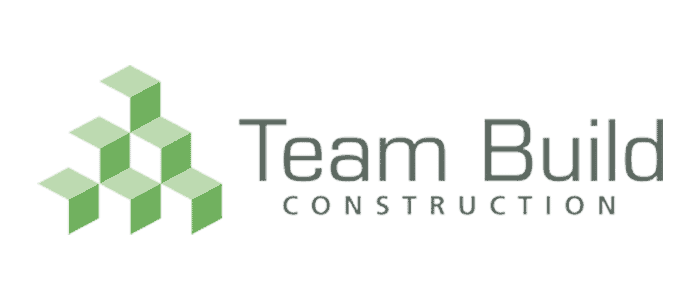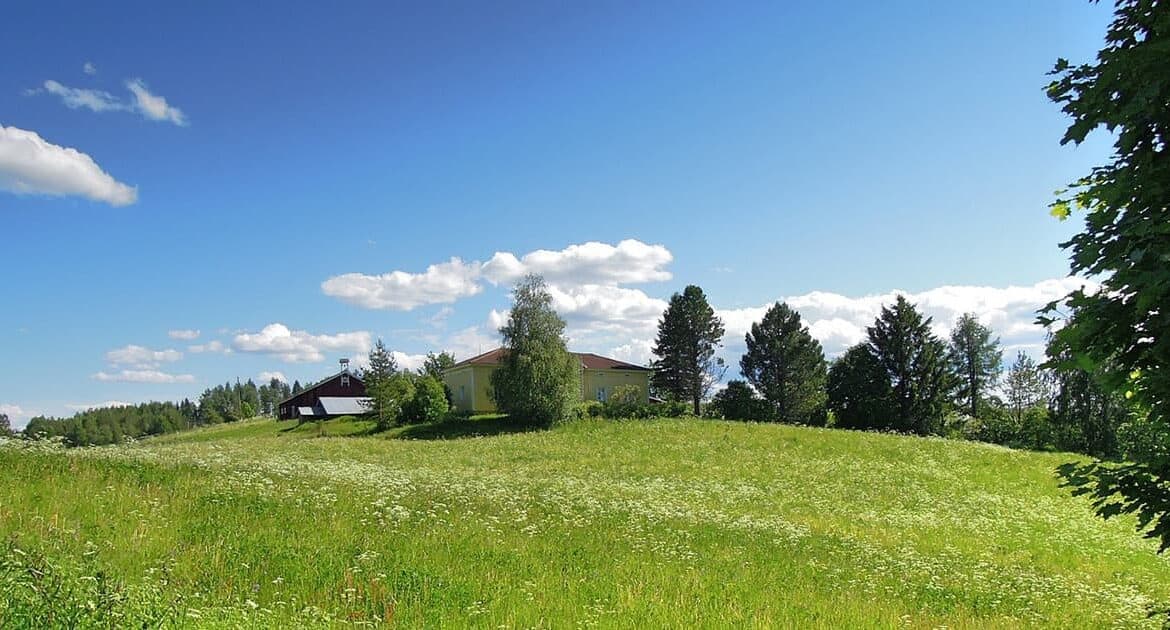Finding a plot of land on which to build is a lot harder than buying a prebuilt home. It takes a lot of research to find an ideal plot of land. It needs to be not only in the right place but of the right size, type of land and have suitable planning permission.
If you have your heart set on finding the perfect plot of land, you could be searching for a long time. So, before you start your search you should consider which features are must-haves and which features you are willing to be flexible on. The more flexible you can be, the higher your chances of finding a plot to start your self-build house project.
How to Find a Plot
As with any search, the internet has websites that can provide you with answers. For example, Rightmove has the option to allow you to search for land only. Alternatively, there are specialist websites such as Plotsearch.
If you know the area you wish to build in, then you should talk to the local estate agents. They will know if there are any plots currently available. The estate agents can also let you know if anything that meets your requirements comes up. Furthermore, estate agents will also know the locals who might consider selling, if they know there is a buyer who is already interested.
You can get a plot of land by buying an auctioned off property. A lot of properties that need to be torn down are sold via auction. These are a good option to find a self-build plot.
There is an increasing number of serviced plots being sold. These are plots that come with services such as electricity, water and gas already installed. They are a good, safe option for self-builders. You may also find yourself in a community with other self-builders as these plots are often sold several at a time.
Types of Plot

The easiest plots to work with are brownfield sites. This is land that has previously been developed. The government is focused on reusing this land, so it is generally easy to get hold of and easy to get permits for. Brownfield sites are generally reasonably priced. However, you might need to budget for demolishing any existing structures on the land.
With brownfield sites, you need to watch out for any building restrictions. An example might be that you have to build in the same footprint as the previous building. You may also need to apply for permission to change the use of the land.
Greenfield land is land that has never been built on before. It can be harder to get planning permission for this land, but not impossible. If you are hoping to find a plot of land in the greenbelt then you are going to need to to be patient. Opportunities for new building projects are few and far between. Your best bet is to look for a property that you can tear down and then rebuild or an existing structure with permission for an extension that you can work within.
Garden plots used to be classed as brownfield land. This has since changed. However, there is still a high probability of permission being granted for small scale residential developments on land classed as a garden. Favour is given to projects that cover only a single building. This means that self-builders are highly likely to be granted permission for their projects.
Designated areas are ones that have restrictions on the work that can be done. This most typically refers to conservation areas. If the space you have selected is a conservation area, then your best option for your building project is to find a renovation project.
Planning Permission
When you’re looking for land, you should focus your search on land that already has planning permission. Some plots are sold without planning permission. They are often tempting because they go for a lot less money than plots with planning permission. Many people have bought these plots in the hopes that they will be able to get planning permission at some point in the future. However, there is no guarantee that you would ever be granted planning permission.
Costs of a Plot of Land
The costs of building your own home are typically split between the money to buy to plot and the money you pay to the construction company to build your home. In terms of the final value of the home, the plot will typically be worth a third to half of the value of the final home. Generally, one-third of the value of the home will be the cost to build, and the remaining value is the profit you make by building your own home.

